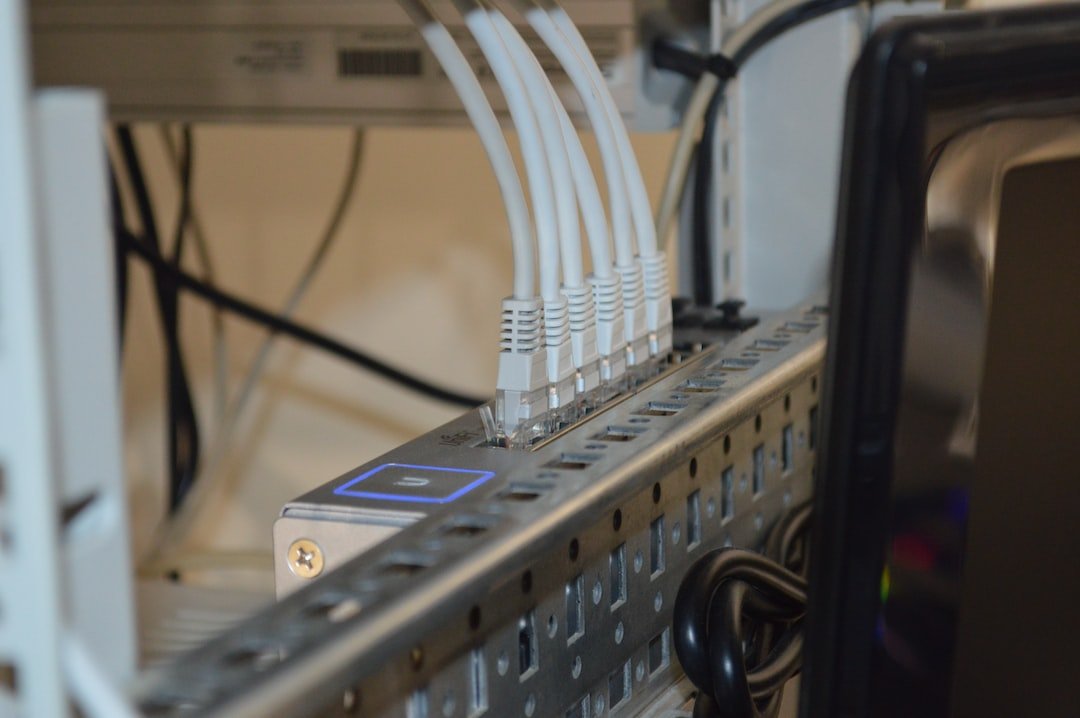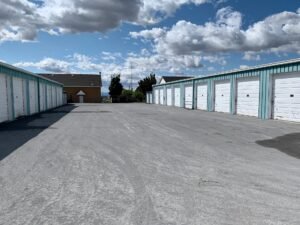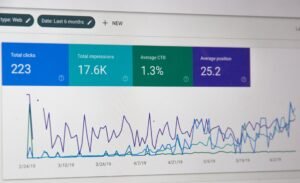In California, a program is accessible for those with low incomes to obtain free wireless phone and internet services. To be able to benefit from this program, households must satisfy certain financial necessities and demonstrate enrollment in public assistance.
Contents
Access to High-Quality Telecom Services
Whether calling a doctor, getting work information from an employer, telecommuting for a job or accessing remote health services during a pandemic, many essential household activities require broadband (high-speed internet) service. Unfortunately, broadband service can be cost-prohibitive for low-income households.
Fortunately, the CPUC’s Lifeline and Affordable Connectivity Program (ACP) provides subsidies that enable qualified families to get affordable wireless phone service and broadband access. The California Lifeline Program currently provides eligible households one free home landline phone and a discount on one wireless device per household. Each family can choose which discounted device they want to receive – a home or cell phone.
Each phone line can make unlimited local and long-distance calls and offers a variety of additional features such as caller ID, voicemail and more. Each household must provide documentation demonstrating their income eligibility to qualify for the program. This can include pay stubs, tax returns and letters from public assistance programs such as the Supplemental Nutrition Assistance Program (SNAP), federal public housing assistance, Medicaid/Medi-Cal, veterans benefits or SSI.
Documents submitted for eligibility verification have yet to be returned, so sending copies and not originals is important. Each year, Lifeline participants must re-qualify for the program. If your household has been notified that you need to re-qualify, please do so as soon as possible. You can also check your status on the USAC website.
Financial Assistance
California Lifeline offers free cell phones, tablets, iPhones and Samsung Galaxy devices and discount home phone service in several cities. To qualify, households must show they are enrolled in certain government assistance programs like WIC, Medicaid/Medi-Cal, EBT or other benefits. Those who cannot prove they are enrolled in these programs can still qualify for a California Lifeline discount if their reported household income is below the state’s annual income limits.
Tribal residents are also eligible to receive the benefit. The value can be applied to a home or a wireless phone service but cannot be combined with other discounts. There is only one Lifeline line per household. To sign up for the service, customers must meet program or income-based eligibility requirements and certify that their information is accurate under penalty of perjury. If you want to receive the service, several providers in California offer it.
Most of them have an easy online application process that can be completed in minutes. Some even provide live customer service. USAC hosts training webinars for social services agencies and advocacy groups that wish to help their clients apply for the service. During the COVID-19 pandemic, these training sessions are more critical than ever to help ensure that low-income Californians have access to vital communication services.
Access to Information Technology
California Lifeline is an important resource for low-income households to stay connected to essential health care and banking services. The program also provides affordable broadband internet to help connect families with the resources they need for success. Unfortunately, the CPUC’s proposed decision could restrict these benefits to low-income consumers.
The proposal would limit how Lifeline subscribers can access broadband services. The plan would allow subscribers to use their federal broadband subsidy (Affordable Connectivity Program, or ACP) but wouldn’t let them combine it with the California Lifeline program discount on their monthly bill. High-quality wireless telecom and internet services are essential for completing school work, applying for jobs, navigating healthcare systems, and more.
These services are even more critical during the COVID-19 pandemic. If the CPUC limits these services for low-income subscribers, it will hinder their ability to achieve a secure and healthy future. We strongly oppose the proposal to prevent these low-income families from benefiting from the available programs.
Access to Health Care
The importance of high-quality wireless telecom and broadband internet services has skyrocketed during the COVID-19 pandemic. These vital communication services are needed for education, employment, paying bills, navigating health care and more. The California Lifeline program offers assistance with these essential services.
However, a recent proposal by the CPUC would restrict subscribers from being able to combine their Lifeline discount with the Affordable Connectivity Program (ACP) discount. Households can apply the Lifeline and ACP discounts to a home or cell phone plan. Families can also use both values to purchase the same service but cannot get discounts from multiple providers.
Universal Service Administrative Company (USAC) administers the California Lifeline program, which provides support and education to consumers, social service agencies and community organizations across the state.
USAC is hosting training webinars to help community leaders and other stakeholders understand the Lifeline program and how to assist their communities. You can view upcoming dates on USAC’s website and register for the next session.
The webinars are open to anyone, but priority will be given to organizations that can demonstrate their capacity to help consumers access Lifeline benefits. This includes nonprofits, government entities, faith-based institutions and other community partners. You can also find more information on the Lifeline website.



